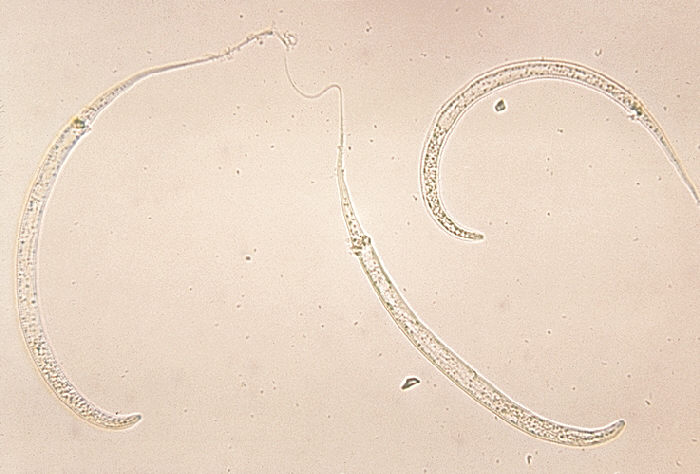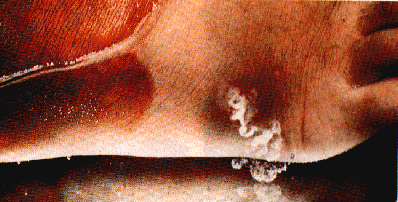Facts
Dracunculus medinensis avoids detection from pain in the body by secreting opiates and from the immune system by covering themselves with human proteins (Yusuf 2011).
On the Aeskulap’s stick (ancient medical symbol), the so called
snake is actually the Guinea Worm (Wijová, Moravec, Horák, Modrý and
Lukeš 2005).
Dracunculus medinensis and Dracunculus oesophageus are morphologically identical, but have been genetically distinguished as different species. They are both very closely related, as seen through morphological analysis, to Philometra obturans (Wijová, Moravec, Horák, Modrý and Lukeš 2005).
It is thought that the eradication of human infection of Guinea
Worm Disease will completely eradicate the disease (Yusuf 2011).
The World Health Organization (WHO) has made complete removal of
guinea worm disease a goal in 1986 (Yusuf 2011).
There is controversy surrounding the accumulation of funds from health officials in eradicating Guinea Worm Disease because it is non-fatal compared to diseases such as trachoma, leprosy, etc. (Cairncross, Tayeh and Korkor 2012). To learn more about the eradication efforts of Guinea Worm Disease please visit The Carter Center. To learn more about the process of eradicating this disease please read: "Why is dracunculiasis eradication taking so long?"
Previous Page: Interactions
Next Page: References


